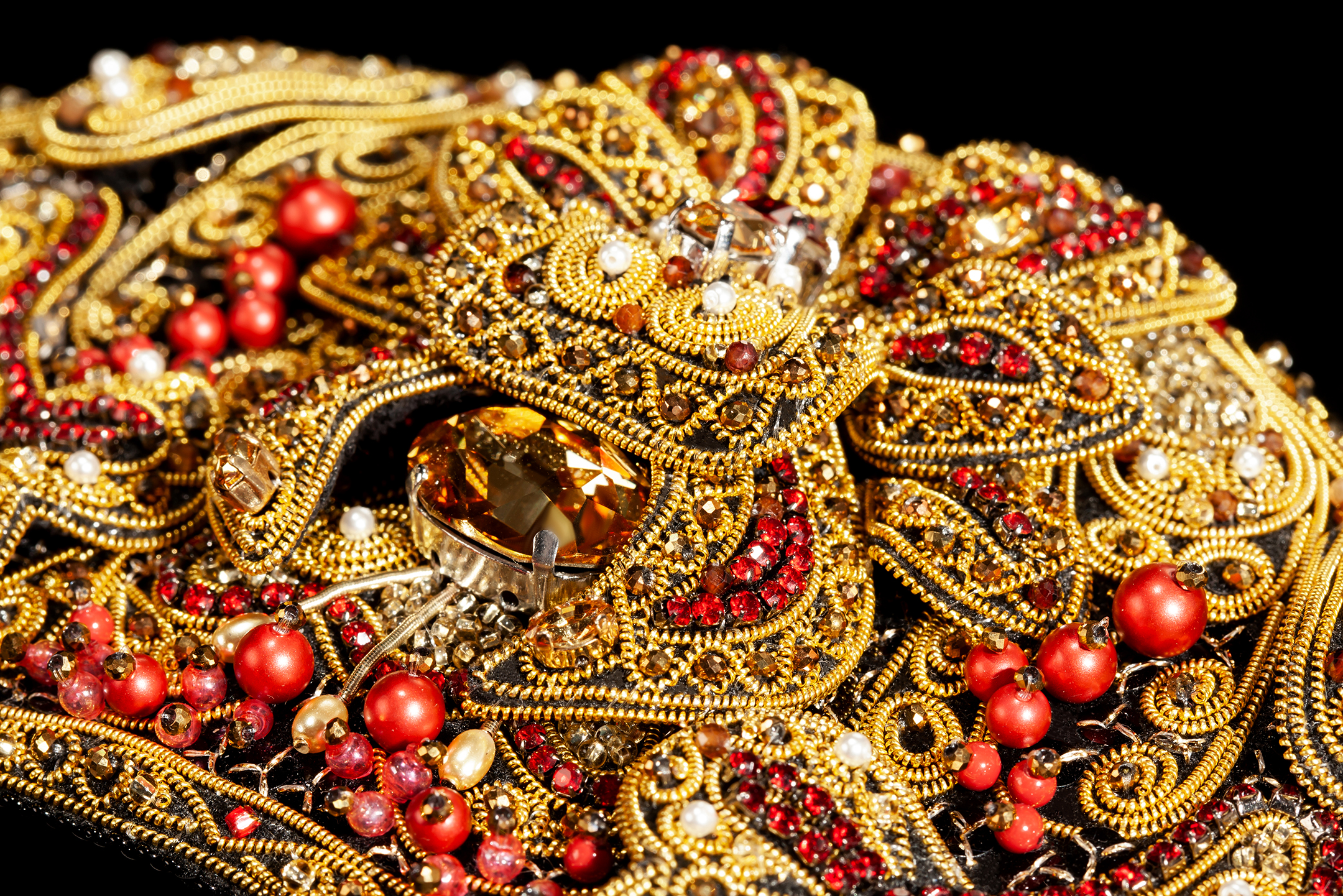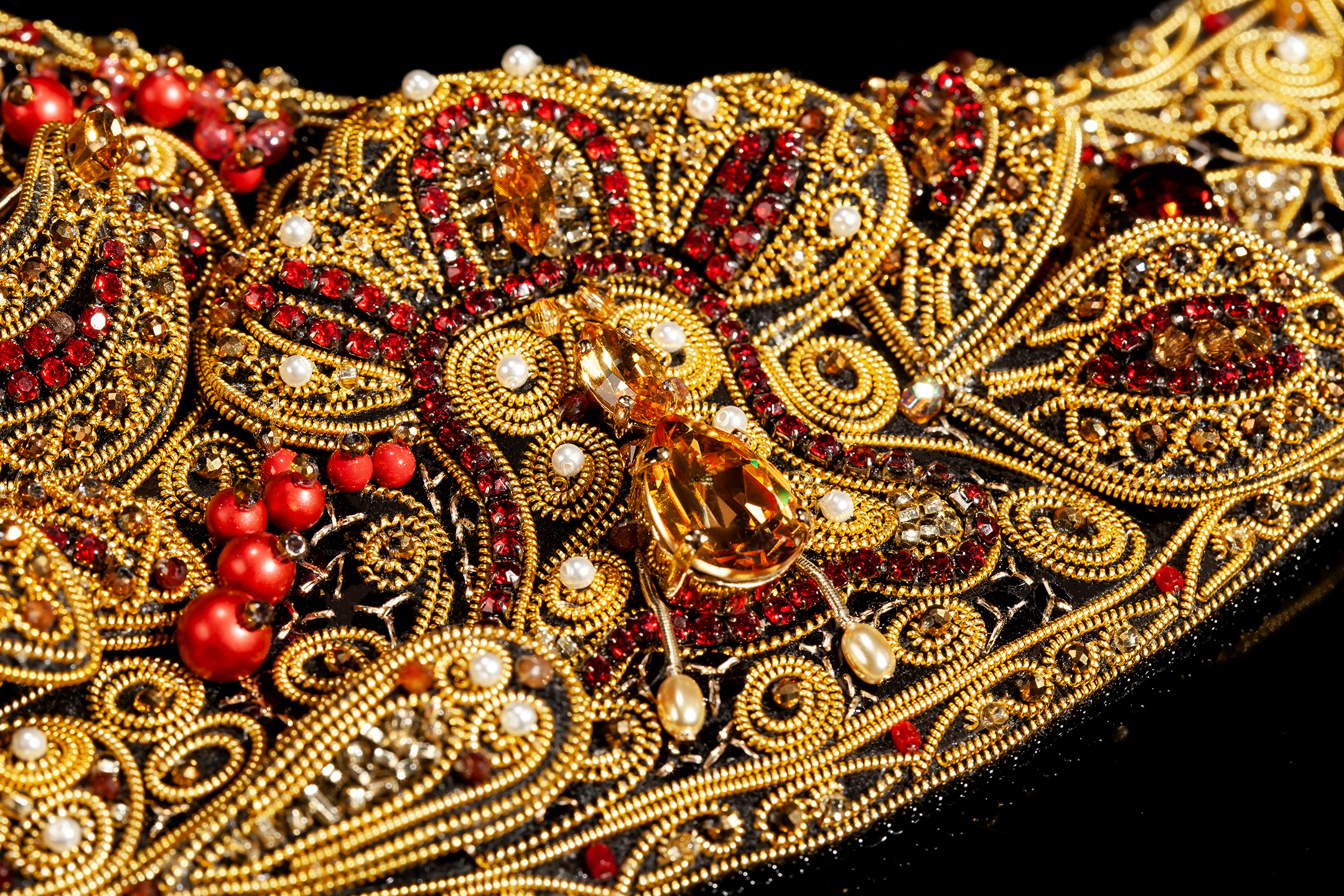Жил в столице мастер-иконописец, красивые иконы писал, очень нравились они царю.
Но устал мастер по заказу царскому работать и захотелось ему свободы.
Уехал мастер в леса и стал там для людей деревянную посуду расписывать.
Люди радовались красоте такой, то птицы диковинные, то цветы, то ягоды, людям радость, мастеру счастье.
Но узнал царь, что его придворный мастер сбежал и велел найти его.
Посланники царя с трудом нашли мастера.
Отказался мастер ехать к царю, сгорел его дом.
Самого художника так и не нашли, ни живого, ни мертвого.
Остались от него только краски, вобравшие в себя жар горящей избы, чернь пепелища, да золотой талант.
The icon painter lived in the capital. He painted beautiful icons that tsar liked very much.
But the craftsman was tired of working on the tsar`s order, he wanted freedom.
The craftsman went to the forest and began to paint wooden dishes for people.
People delighted to such beauty, to strange birds, to flowers, to berries.
People rejoiced and the craftsman was happy.
But the tsar found out that his court craftsman had escaped from the capital and ordered to find him.
The tsars envoys had trouble in finding the craftsman.
The craftsman refused to go to the tsar and his house was set on fire.
The artist was never found, neither alive nor dead.
All that remained of him were the colors that absorbed the heat of the burning hut, the blackness of the ashes, and the golden talant.




